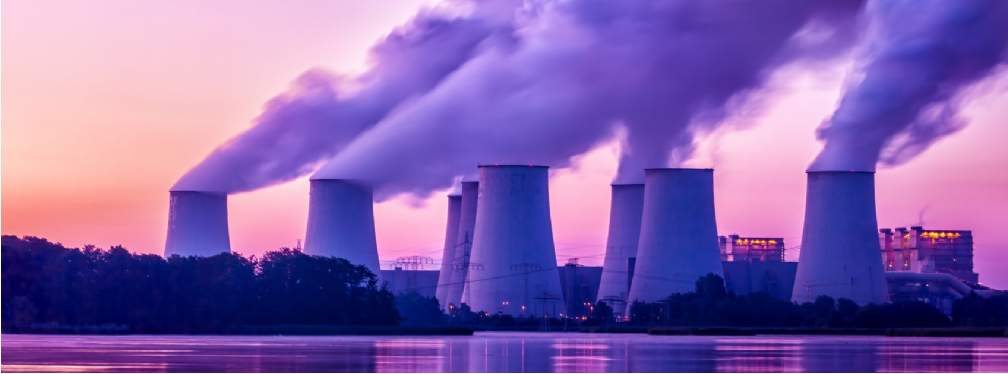Yes. It already has. And will likely continue doing so. A price on carbon is one of the few things upon which oil executives and climate researchers are in accord: it was agreed at the Shell Energy Summit that it would be the most significant step forward in the battle against climate change. In the UK, that price stands at £18 with Carbon Price Support (CPS) plus whatever European emissions allowances are trading at (around £25 at present).
Paying around £40 for a whole tonne of carbon may seem like a small price to pay but it has proven enough to almost completely eliminate coal power stations in the UK. Your average coal power station pumps out around four million tonnes of carbon dioxide each year; at a cost of £160 million in taxes alone. Gas produces half the carbon dioxide and so half the cost. CPS has driven 73 per cent of the total reduction in coal generation between 2012 and 2016.
Carbon is too cheap
But £80 million is still a lot of money per power station, begging the question; why are companies not investing in renewables? The average carbon pricing gap – the difference between actual prices and a benchmark value – is 76.5 per cent on average across the nations responsible for 80 per cent of global emissions. The UK is one of a minority of nations that has substantially reduced its pricing gap, pushing up the price of carbon. Despite this increase in the cost of pollution for industry, nearly half of electricity in 2019 has been generated by fossil fuels.
Prices will increase
It turns out carbon prices will have to nearly double to cause a larger shift towards cleaner technology. But that is not such a huge ask. The price of one tonne of carbon under the European Trading Scheme (ETS) has increased by five times in the past two years. The Netherlands intends to impose a national levy that could add €100 (£90) to the ETS price by 2030. If one million citizens from seven EU nations sign a recently registered petition, the European Commission will also be obliged to respond to a call for a minimum carbon price.

.jpg)







.jpg)
.jpg)